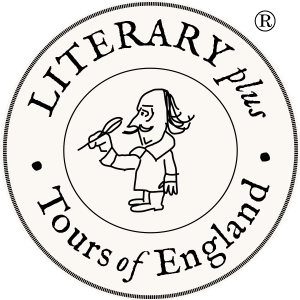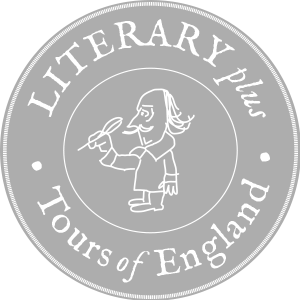06 Oct Thomas Hardy’s Dorset

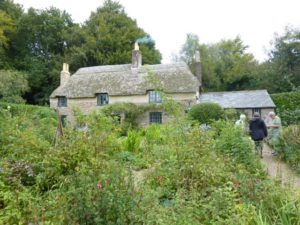
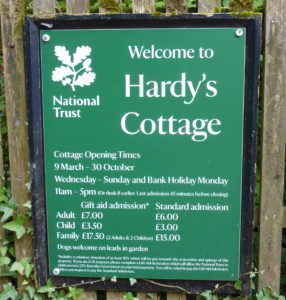
“It is difficult for a woman to define her feelings in language which is chiefly made by men to express theirs.” – Thomas Hardy
The County of Dorset
I have always been fond of Dorset, one of England’s smallest counties. It’s a special area of rolling countryside, picturesque villages and charming small towns. The spectacular coastline (bordering the English Channel) stretches from Lyme Regis and the Jurassic Coast (a World Heritage Site) in the west to the popular seaside resorts of Bournemouth and Christchurch in the east. It’s not surprising that more than half the county is designated an Area of Outstanding Natural Beauty. I have a particularly soft spot for the Cerne Giant, located about eight miles north of Dorchester. Cared for by the National Trust, the giant is the largest chalk hill figure in Britain at 180 feet tall.
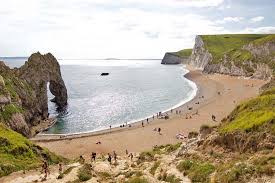
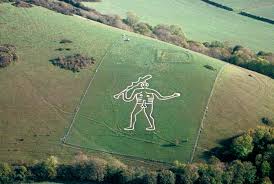
Hardy and Dorset
Thomas Hardy is Dorset’s most famous son. He was born in 1840 in the village of Higher Bockhampton (see Visiting Hardy’s Birthplace below). He trained as an architect in Dorchester before moving to London in 1862. There he enrolled as a student at King’s College and won prizes from the Royal Institute of British Architects and the Architectural Association. Hardy’s first love was writing, however, and after five years in London he returned to Dorset.
Considered a realist, Hardy’s novels and poems concern the social constraints on people’s lives in the rapidly changing times of late Victorian England. He expresses particular sympathy for the often unfair and brutal struggles of women in a man’s world. Many of the novels feature tragic characters struggling against their passions and circumstances. He reserves his sharpest criticism for Victorian mores about marriage, education and religion, that restricted people’s lives and led to unhappiness.
Visiting Hardy’s Dorchester
Judy’s and my recent literary tour of England began in this delightful market town – the administrative capital of Dorset – which was the inspiration for Casterbridge in Hardy’s novels. In the town center we found a striking bronze statue of the man himself. From there a short walk brought us to Max Gate, Hardy’s last home, now owned and managed by the National Trust. Hardy designed and supervised the building of Max Gate himself and he lived there from 1885 until his death in 1928. Attached to the classic Victorian house is a beautiful garden, still much as Hardy planned it, with high walls and tall trees for privacy. There’s also a pet cemetery in which Hardy buried his beloved dogs and cats. It was at Max Gate that Hardy wrote some of his greatest novels, including The Mayor of Casterbridge (1886) and Tess of the D’Urbervilles (1891). His final novel, Jude the Obscure (1895), caused so much controversy that Hardy devoted the remainder of his life to poetry: he wrote almost a thousand poems at Max Gate.
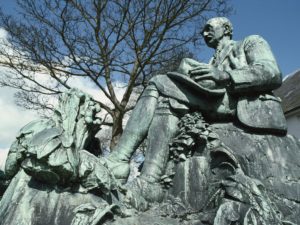
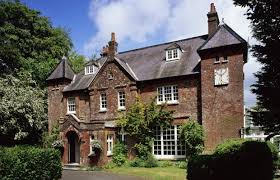
Visiting Hardy’s Birthplace
Nestled in the Dorset countryside, only three miles from Dorchester, is Hardy’s Cottage, where Thomas was born in 1840 and spent the first 34 years of his life. Like Max Gate, the property is now owned and managed by the National Trust. From the splendid Visitor Centre, a gentle walk through ancient woodland brought Judy and me to a clearing that gave us a spectacular view of the pretty thatched cottage below and its lovely garden.
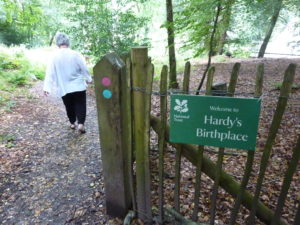
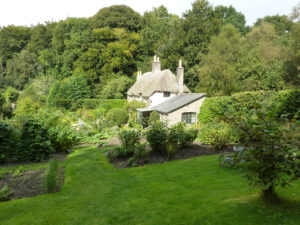
Built by Hardy’s great-grandfather, the cottage has been preserved much as it was when the family lived there. It’s so small that only a few visitors can visit at a time. We had to obtain timed tickets at the Visitor Centre (which also includes a cafeteria and well-stocked gift shop). Inside the cottage – with its tiny rooms, small windows, stone floors and open hearths – it’s clear that rural life in 19th Century England was not easy.
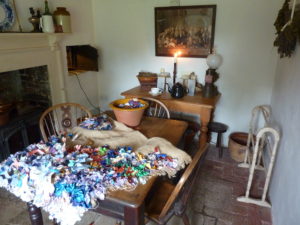

It was in his childhood here that young Thomas observed the hard lives and traditional customs and pleasures of neighboring villagers. The idyllic setting also stirred his imagination, with its proximity to the splendors of nature. He wrote his first great novel, Far from the Madding Crowd (1874), in his bedroom. Of all Hardy’s stories, this has probably been most successfully adapted for the cinema. The 1967 movie stars Julie Christie, understandably irresistible to Terence Stamp, Peter Finch and Alan Bates. Watching it is a great way to experience the beauty of Dorset, where it was filmed. Hardly less worthy is the 2015 adaptation starring Carey Mulligan, much of it also filmed in Dorset.
If you’re thinking of visiting Thomas Hardy’s Dorset, allow a day to explore Dorchester, Max Gate and Hardy’s Cottage. Be sure to outfit yourself with comfortable shoes, a light jacket and a camera. Looking for more to do in the area? Consider Lyme Regis and the Jurassic Coast: the setting for John Fowles’ dazzling novel The French Lieutenant’s Woman (1969) and the 1981 film starring Meryl Streep. To visit Dorset and other fascinating sites associated with your favorite writers, plan your itinerary here.
